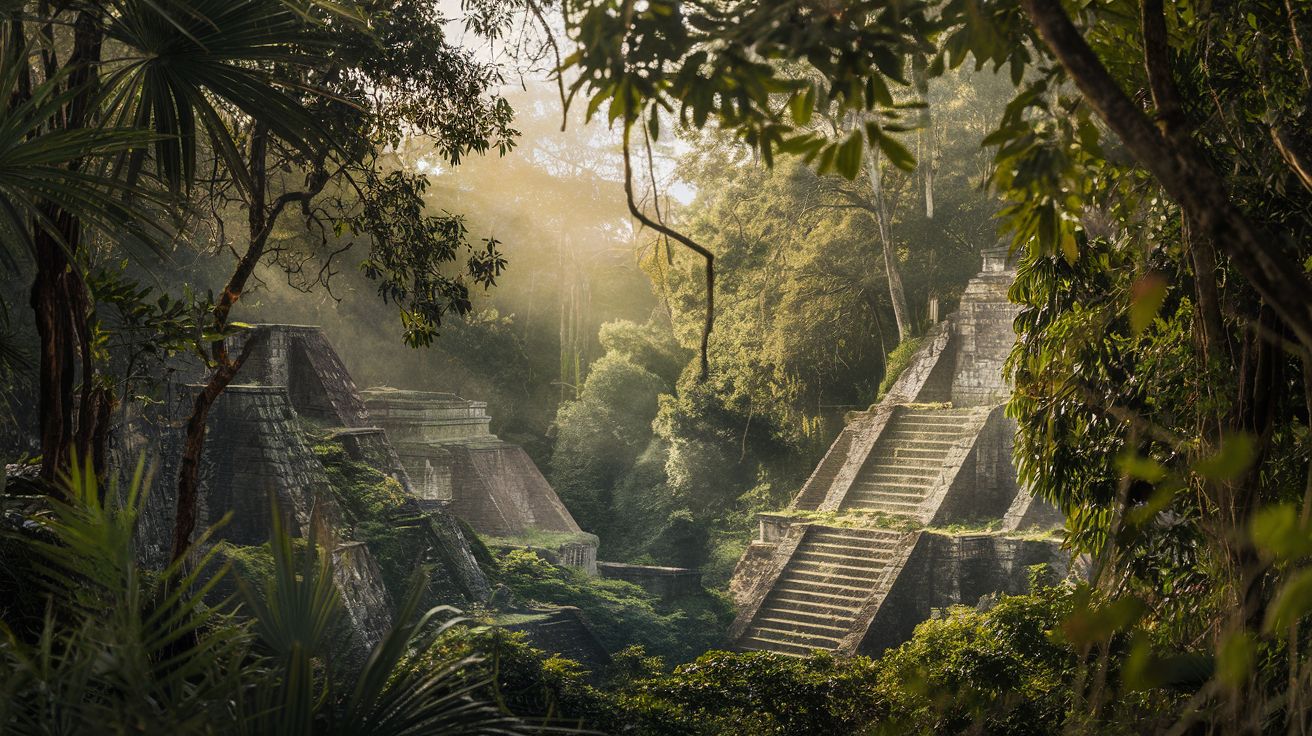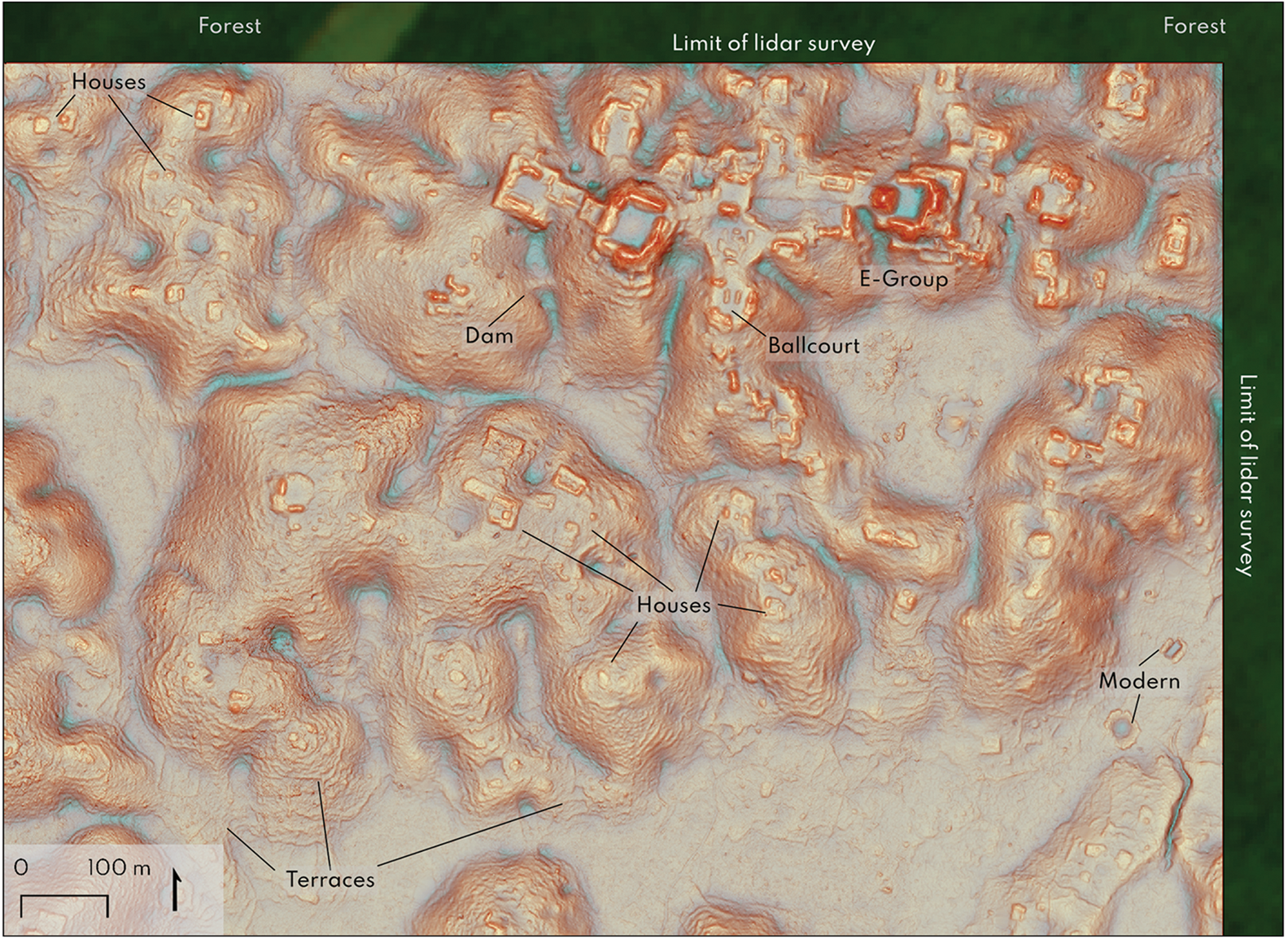Follow us on Google News (click on ☆)
While exploring page 16 of a simple Google search result, Luke Auld-Thomas, a PhD student, came across an unknown report revealing a hidden city in the Mexican jungle. It was a survey done by an environmental monitoring organization.

Using LiDAR technology, which can penetrate dense vegetation, this organization was not originally focused on this type of discovery, which remained unknown for a long time. However, it was this very survey that allowed an experienced eye to identify this city of unprecedented scale, named Valeriana, in the state of Campeche.
Spanning 6.4 square miles (16.6 kilometers squared), Valeriana is believed to have housed between 30,000 and 50,000 inhabitants—far more than the current population of the area—between the years 750 and 850.
The ruins reveal two urban centers connected by housing and roadways, as well as religious buildings, pyramids, and a vast playing field. In total, the team identified 6,764 buildings of various sizes.
This Mayan city was much more than just a place of worship: it hosted a complex population with its own traditions and ceremonies.
These discoveries prompt a revision of the widely-held Western idea of an inevitable end to tropical civilizations. Valeriana proves their richness and diversity.

Detail of the Valeriana site, in the northeast corner of block 2 (authors' figure).
LiDAR has transformed archaeology in tropical areas, multiplying discoveries in previously inaccessible regions.
What is LiDAR technology?
LiDAR, which stands for Light Detection and Ranging, is a laser-based remote sensing technology. It works by emitting laser pulses from a plane or drone towards the ground; the laser beams can pass between vegetation and measure the distance between the sensor and ground objects based on the time it takes for the pulses to return.
This technique allows for accurate mapping of structures hidden under dense vegetation. In archaeology, LiDAR is revolutionizing exploration in hard-to-access areas like tropical jungles, revealing ruins that have been hidden for centuries.